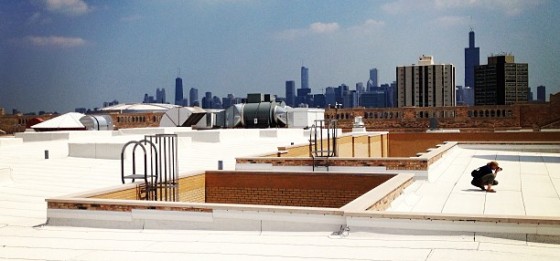Chapter 6 from our report summarizing the lessons we learned on the Great American Adaptation Road Trip. We partnered with the Georgetown Climate Center to get this to you. Chapter 7 coming soon.
Take-home lesson #6: Sometimes greenhouse gas mitigation and climate adaptation goals will conflict; but often times communities can reduce emissions while preparing for impacts.
With the 2014 National Climate Assessment detailing climate change impacts that are currently being felt in all 50 U.S. states, communities around the country are grappling with how to simultaneously adapt to these impacts and reduce their own greenhouse gas emissions. Doing so on a large scale will be key to making sure that efforts to adapt to climate change don’t exacerbate the problem, and instead build towards communities that are less reliant on greenhouse gases—in itself a form of adaptation to a climate-changed world. Small-scale examples are beginning to show that this is possible. Continue reading





